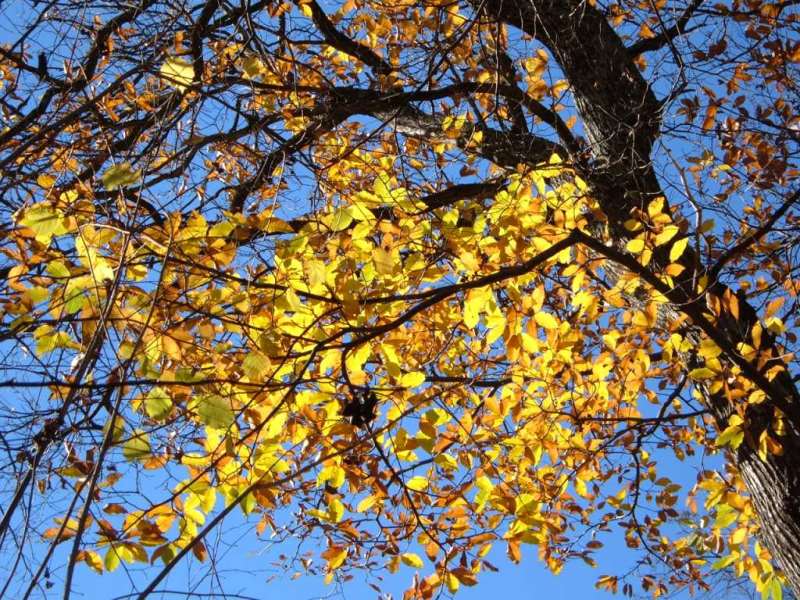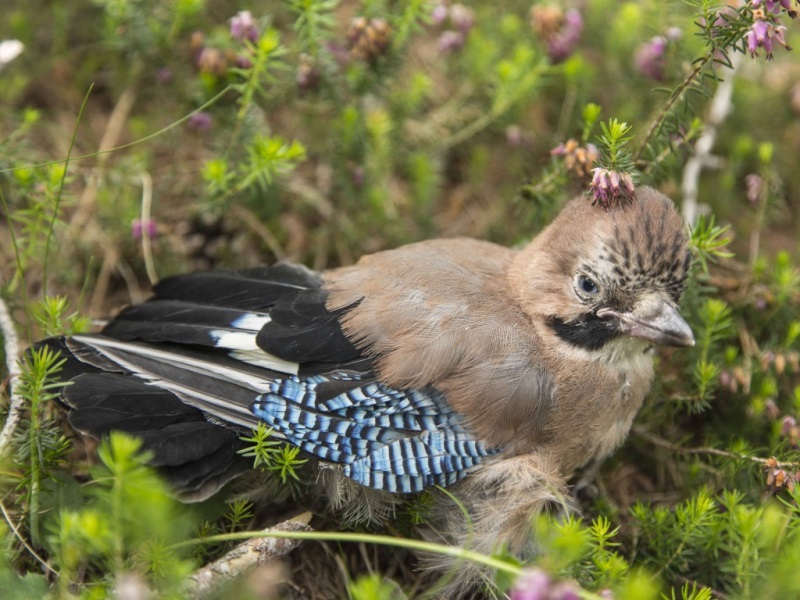 Broadleaved tree in autumn
Broadleaved tree in autumn
Oaks and birch trees predominate in the sunnier, drier parts, whereas the shadier, more humid areas are dominated by maples, limes and ash trees.
These woods have often been profoundly changed by man's activities to make hay meadows or to cultivate more chestnut trees.
Amidst the broadleaved trees we can also find a conifer growing on thin dry soil: this is the Scots pine, also ound at higher altitudes.
Higher up next to the coniferous woods we can find the remaining patches of beechwoods.
Typical of the broadleaved woods are the spring flowers, which are able to make the most of the sun's rays whilst the trees are still bare.
The most common species include:
Anemone nemorosa (wood anemone),
Scilla bifolia (Alpine squill),
Hepatica nobilis (liverleaf),
Corydalis solida (fumewort).
The broadleaved woods are home to an abundant community of vertebrates.
The most common birds include not only tiny tits (great tit, blue tit), woodpeckers (great spotted woodpecker and green woodpecker), blackcaps, nightingales and chiffchaffs, but also day raptors, such as the goshawk and the sparrowhawk, and night raptors, such as the brown owl and the eagle owl.
The latter is one of the most spectacular species to encounter during spring nights, when you can hear its typical call.
 Magpie
Magpie
At the top of the food chain, it can prey on animals the size of a fox, even though it usually prefers small mammals and birds, including other raptors.
One of the mammals hiding in the thick of the wood is the roe deer, which emerges from hiding when the meadows turn green to graze the tender, nutritious grass.
There are numerous smaller species, such as mice, harvest mice and shrews, which are important links in the food chain, preyed on not only by the birds of prey, but also by foxes and beech martens.
At the first warmth of spring, the green lizard comes out of hiding, whereas on rainy days, especially in autumn, you can easily come across the fire salamander, with its typical black and yellow warning markings.